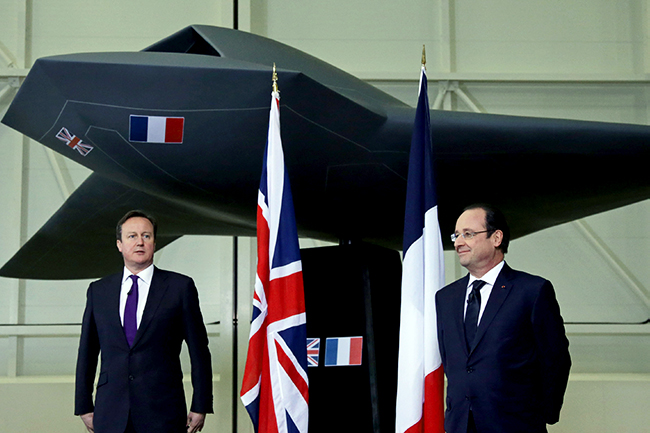Investment Appraisal (IA) is a technique whereby the need for the decision is outlined and set in the context of the high-level strategy. All realistic options are identified and the relative merits of each option are analysed, preferably using quantitative methods. This culminates in the identification of a preferred course of action, and a clear audit trail to justify the decision.
For UK MoD and other Government departments, there are strict rules that must be followed when preparing cost (and benefits) data for the purposes of IA. In these cases, the IA will normally form part of a Business Case, which will seek approval to continue with a project or programme, and will request the necessary budgetary authorisation.
As well as a Whole Life Cost forecast, and a statement on the Value for Money of each option under consideration, the IA must also address risk and uncertainty, confidence levels, optimism bias and discounting.
Risk and Uncertainty are frequently dealt with using three-point estimating, which can also provide the necessary Levels of Confidence (e.g. 10%, 50% and 90% confidence limits).
Discounting is a method for representing the time value of money, or time preference, which can be a significant differentiator between projects having different time-scales or different expenditure profiles. Optimism Bias is the tendency for people to be optimistic about the benefits and time-scales associated with projects, whilst under-estimating costs. Both of these subjects are explained in HM Treasury Green Book.
Our appraisals typically take the form of:
- Investment Appraisal (IA)
- Cost-Benefit Analysis (CBA)
- Balance of Investment (BoI)
- Business Case
- Combined Operational Effectiveness and Investment Appraisal (COEIA)
Although the names and purposes of these appraisal types are slightly different, they all require a pragmatic approach, comprising the following steps:
- Understand the identified problem.
- Present a number of potential solutions.
- Appraise the options to identify the ‘best’ option for the particular requirements.
- Suggest an implementation method and a way of tracking progress against the stated aims.
Most of our appraisals have been in the region of tens of millions of pounds, with many more worth hundreds of millions, and a few in the billions of pounds Sterling. RED approaches these problems from an engineering standpoint, with the focus on helping the Customer make the best choice and not getting bogged down in process and unnecessary detail. In every case, feedback has been excellent, both from the Customer and the Scrutiny community.



